Solo Travel Tips & Guide for Beginners
Solo travel isn’t just a trend – it’s an experience that will transform you. More people are opting for solo trips: ABTA found that 16% of people had taken a holiday alone in the year to August 2023, up from 11% on the previous year*. For many, it is about making room for self-discovery, creative thinking, and breaking away from routines. Before you begin, learn a few solo travel tips to make the journey smoother.
When you travel alone, the day-to-day noise and distractions of home fall away. There’s no one else’s agenda to obey, no compromises about when to stop for coffee or which street to wander down. It’s a place where comfort zones become meaningless and personal growth swoops while flight layovers and quiet dinners.
Yes, fear is part of the package. Concerns about safety, language, and loneliness are all real, all reasonable. But when you travel alone, you realize that courage isn’t the absence of fear, it’s doing something despite it. Once you’ve mastered how to use the metro in a foreign city or handled a small crisis on your own, it’s not just your confidence that grows – it multiplies.
Table of Contents
Spend some time defining your “why” before you go. Do you crave adventure? Clarity? Healing? The answer will determine the trip. Where you go, what you prioritize in your travels, and what you’ll come home with, everything.
So, a solo journey is less about escaping and more about expanding. Let’s dive into exploring this ultimate experience and uncover some of the best solo travel tips to make your journey smoother.
Planning Your Solo Trip
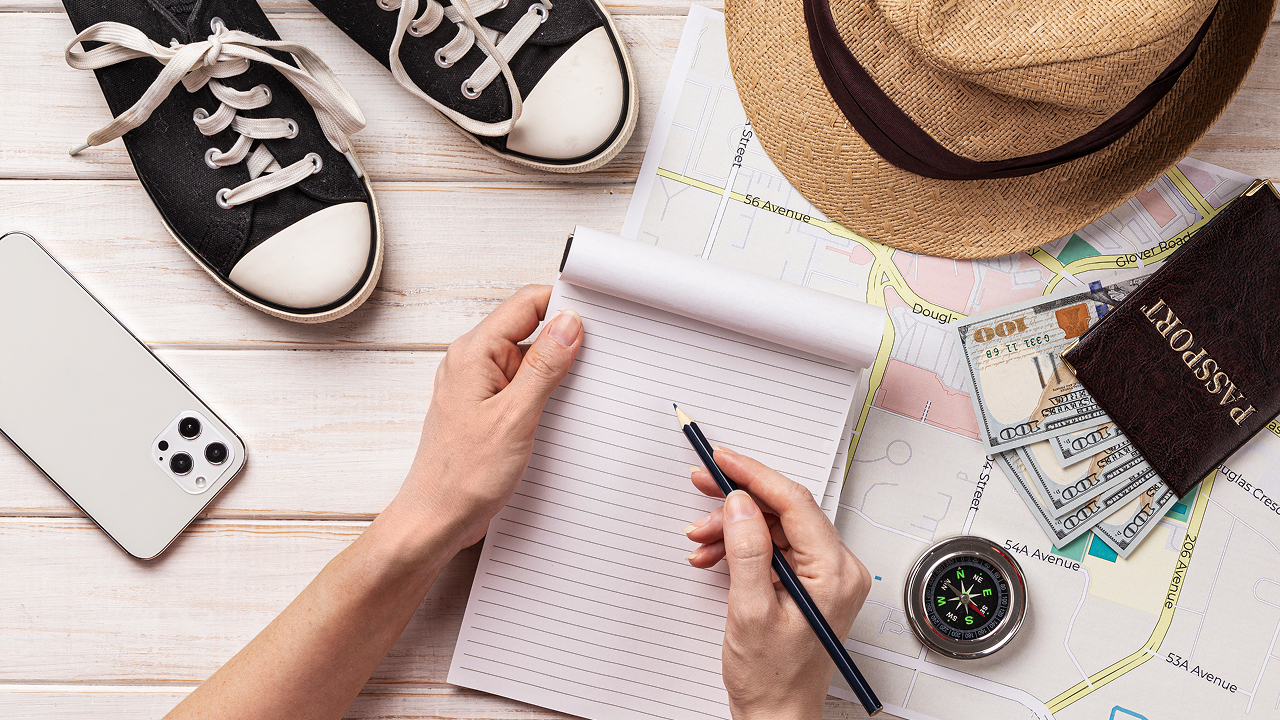
Freedom is always shaped by good planning. It makes you feel safe enough to be spontaneous, organized, and secure to explore your environment bravely. A little groundwork saves a lot of stress later.
Choosing the Right Destination
Start with destinations that are friendly to solo travelers. Such as places with strong infrastructure, dependable transportation, cultural openness, and decent safety records. Your comfort with a foreign language is also a point to consider while making a decision.
For first-timers, consider smaller trips or locations where you are likely to encounter other travelers are ideal solo travel tips to begin with.
Itinerary vs Flexibility
Planning is necessary, but perfectionism isn’t. Book your first couple of nights, decide how you’re going to travel, and make sure of any visa or entry requirements. You might also want to open up 1–2 days for the unexpected discoveries, which are often where the best memories spring from, so just see what you find.
The Research Checklist
Items on the checklist before your departure:
- Local customs, laws, dress codes
- Climate and best times to travel
- Transportation options & cost estimates
- Healthcare availability & emergency numbers
- Communication (SIM Cards / Roaming / WiFi)
Booking & Contingency Plans
Prebook the basics: flight in/out, your first accommodation. Also, have Plan B options – what if your flight is delayed, or your place to stay falls through, or the weather turns bad? Before you go, share your itinerary with someone trusted. An eSIM for international travel keeps you connected without the hassle of swapping SIM cards.
Budgeting & Saving Money

Budgeting is not about restricting your experience; it’s about sustaining it. Money is a smart traveler’s currency for freedom and peace of mind. With the right solo travel tips, you can stretch your budget without losing out.
Figuring Your Cost Basics
Divide those trip expenses into categories: transportation, accommodation, food, activities, and emergencies. Keep on top of things and track in real time – you can use apps or low-tech spreadsheets. It’s more tempting than you realize to overspend in small quantities that accumulate.
How to Save Without Sacrificing the Experience?
You don’t have to rough it to make it affordable. Consider some tips:
- Stays in hostels, guesthouses, or single rooms in budget hotels
- Eat, where the locals eat – street food or in small restaurants, not tourist traps.
- Take public transportation, walk, or cycle – less expensive and more fulfilling experiences
- Participate in free walking tours, visit markets, or head to museums on free-entry days
Wise Choices: Slow Travel Over Hopping Around
It can be exciting to move at a fast pace, but pulsing oxygen into your wallet and energy is part of the process. Spending more time in fewer places will let you dig deeper, form personal relationships, and spend less. Slow travel isn’t just less expensive – it’s more fulfilling.
Packing & Gear Essentials
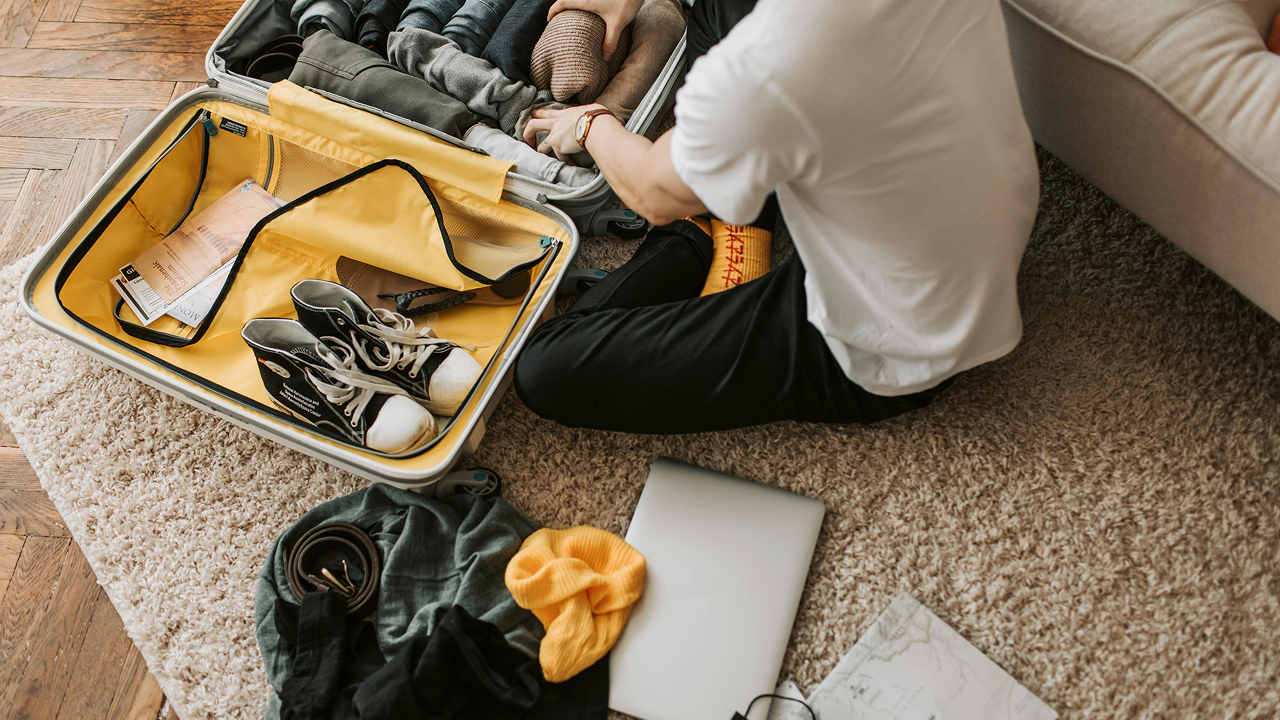
Packing well is the ultimate solo travel skill. It’s not about bringing everything you might need; it’s about discovering what you don’t. Smart, light packing equals freedom and fewer worries on the road.
Packing Light, Packing Smart
Choose clothing items that can be layered and mix-matched. Limit shoes (perhaps two good pairs) and do not overpack “just in case” items. Every extra kilo counts when you are carting it through airports and up hills, and into taxis.
Tech, Documents & Safety Items
Here are a few key items no solo traveller should leave without:
- A good travel insurance & digital + physical copies of essential documents
- PowerBank, Universal Adapter, and secured backup for important documents
- Offline maps and essential apps on your device
- Safety items: small lock, money pouch or belt, perhaps a whistle
Gear That Can Help More Than You’d Think
The little things are often the biggest game changers: a lightweight (not huge) daypack, reusable water bottle, durable footwear, and a compact first-aid kit. They’re little packing list essentials that make big differences on the road.
Safety & Risk Management
Solo travel safety doesn’t mean fear - it exists in freedom through preparation. Once you learn how to keep yourself safe, traveling becomes a breeze. Solo travelers do well when they have smart habits, along with an awareness.
General Awareness & Situational Safety
Awareness is your strongest defense. Stay alert but not anxious – pay attention to your surroundings, exits, and how people around you are acting. Trust your gut; it’s often stronger on the road than in your living room. If it doesn’t feel right, step away early – knowing how to say “no” with conviction is part of solo travel smarts.
Protecting Your Documents & Money
Losing documents can turn a great trip stressful fast. Always:
- Maintain both digital and paper copies of your passport, ID, and insurance.
- Divide cash among a wallet, a pouch, and a backup card.
- Use ATMs in bank branches or shopping centers, not on empty streets.
- Alert your bank ahead of time so it doesn’t block your transactions when you travel.
- These basic maneuvers can save time and panic if things go bad.
Accommodation & Transport Safety
Research where you stay. Read from the reviews of other solo travelers – they’ll highlight red flags like unsafe neighborhoods or poor lighting. In hotels or hostels, ask for rooms next to elevators and main halls.
Related Pick: Solo Woman Travel Guide
When you need to get around, take licensed taxis or ride-share apps whose routes can be tracked. When traveling late or a long distance, have someone at home aware of your arrival details.
Nighttime & Digital Safety
After dark, take your cue from the locals – go where there are people, not where it’s quiet. Bring a phone with an energy charge in case of an emergency. Stay Off Social Media: Never post live locations to social media. Post memories later, when you have moved on. It’s a small gesture that can help protect your privacy and peace of mind.
Overcoming Loneliness & Embracing Time Alone
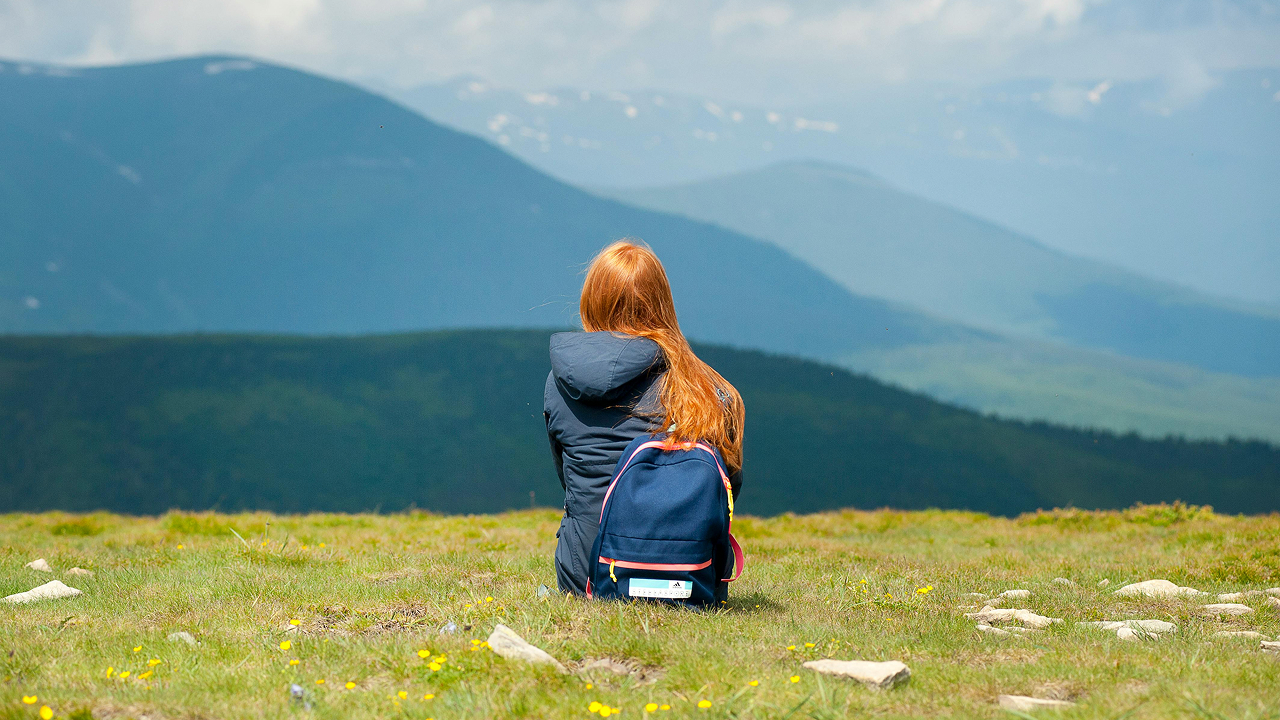
Hitting the road alone isn’t a failure; it is an opportunity to find alternative ways to connect. You’re going to have quiet moments, and they might be the best parts of your trip. One of the best solo travel tips is to find comfort in your own company while staying open to connections.
Shifting Your Mindset
Solo travel is not about being alone – it’s about being with yourself. When loneliness strikes, remind yourself that it’s natural and passing. Refocus outwards: the smell of coffee from a street cart, the rhythm of a local market, the sunset that is for that day alone. Presence dissolves loneliness.
Daily Rituals That Ground You
Structure can root your days when the view is constantly shifting. Try:
- A morning walk at a time when the world is yet to come alive.
- Write in a journal or draw while you wait for your train.
- Favoring a particular café where you recognize friendly faces.
Little rituals can turn distant cities into places of comfort.
Staying Connected Without Losing Focus
Connection is everything; dependency drains out the magic. Call home, share updates, but don’t stay connected to the screens. Turn your phone into a bridge, not a shield. The right rhythm is a daily check-in – enough to reassure loved ones, without missing the world unfolding around you.
Meeting People & Socializing
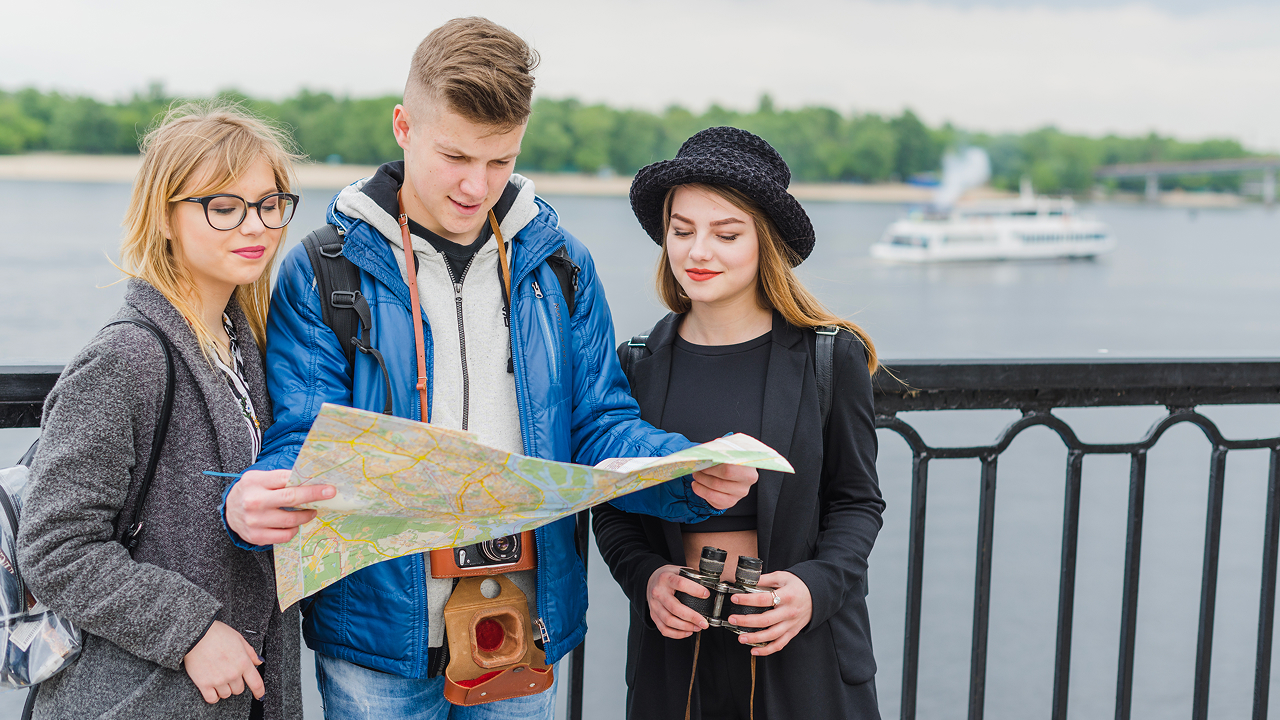
Solo doesn’t mean solitary. When you travel alone, it’s the opposite: you are more approachable than ever. You can open up to new friends, stories, and moments of shared humanity. Some of the best opportunities will come when you least expect them.
Natural Ways to Meet People
Start small and genuine. Ask the way even if you kind of know, chat to other passengers on trains, or take free city walks and meet others with your curiosity. Hostels, community events, and co-working cafés are natural conversation centers.
Other great ways to connect:
- Cooking or language lessons – learning together breaks boundaries.
- Volunteer experiences – contribute your time and you get belonging.
- Apps like Backpackr, Couchsurfing, Hangouts, or Meetup.com.
Safety in Social Interactions
New friends are wonderful – but boundaries are important. Keep first encounters in public and trust your gut about people. Don’t feel bad about declining invitations that make you uncomfortable. Protect your space; there is no reason you should have to justify your safety concerns.
Learning When to Get Together & Wandering Alone
There will be days you want companionship; there will be others when even the sound of a voice hurts. Balance both. The company adds laughter, but solitude pauses thought. The true solo traveler gets good at flipping between the two – easily, unapologetically.
Navigating Local Culture & Blending In
Blending in is not about trying to appear indigenous; it is about behaving respectfully. If you engage with a place sincerely, locals are far more likely to open up than in any guidebook. Cultural literacy makes travel more than merely sightseeing and is one of the most valuable solo travel tips for meaningful connections.
Researching & Respecting Culture
Before you arrive, make sure you know:
- Common phrases (“hello,” “thank you,” “sorry”) in the local language
- Dress code for visiting public places or religious sites
- Local customs with regard to eating, greeting, and travel photography
And a few minutes of research can build connections faster than any phrasebook.
Dressing & Acting Mindfully
How you conduct yourself as a leader – whatever it is that you stand for and speak to, in the way that leadership plays out. Cover up if it’s what locals do – and follow local energy, chilling in beach communities, for instance, but playing more conservatively in rural areas. Sometimes, the very act of trying is respected in silence.
Learning Through Curiosity
Ask questions, as people like to share their culture if asked respectfully. Be receptive to invitations, on-the-ground advice, or even correction. Travel is not about knowing everything; it’s about remaining curious long enough to continue learning. When you travel with humility and curiosity, you cease to be an outsider – you become a cherished guest.
Adjusting On-the-Go / Handling Challenges
Every journey doesn’t go as planned – and that’s exactly the wonder of it. Freedom is the real currency of traveling alone. The way you respond, not the problem, determines the epicness of your journey when things go wrong.
Embracing the Unexpected
Missed trains, closed attractions, out-of-nowhere rainstorms – it’s all part of the narrative. Instead of frustration, practice curiosity. What does this moment offer that your plan didn’t? Often, that detour ends up being the highlight – that cozy little café you discovered when you were waiting, or that local who guided you to where you needed to be.
Staying Calm Under Pressure
When something goes wrong, pause before you respond. Assess, don’t panic. Break big problems into steps:
- Pause: Allow for a few minutes of centering.
- Gather information: Speak to the staff or locals, or other travelers.
- Act wisely: Decide from clarity, not chaos.
A peaceful state of mind helps keep minor hiccups in perspective – and adds an invaluable layer of resilience to navigate life after travel.
Using Local Support
There are helpers everywhere – you just have to know where to look. Embassies can help with paperwork; locals, hotel personnel, or even travel forums can steer you through unexpected situations. Don’t be afraid to ask for help. It’s often answered with kindness.
Journaling & Reflecting on Your Trip
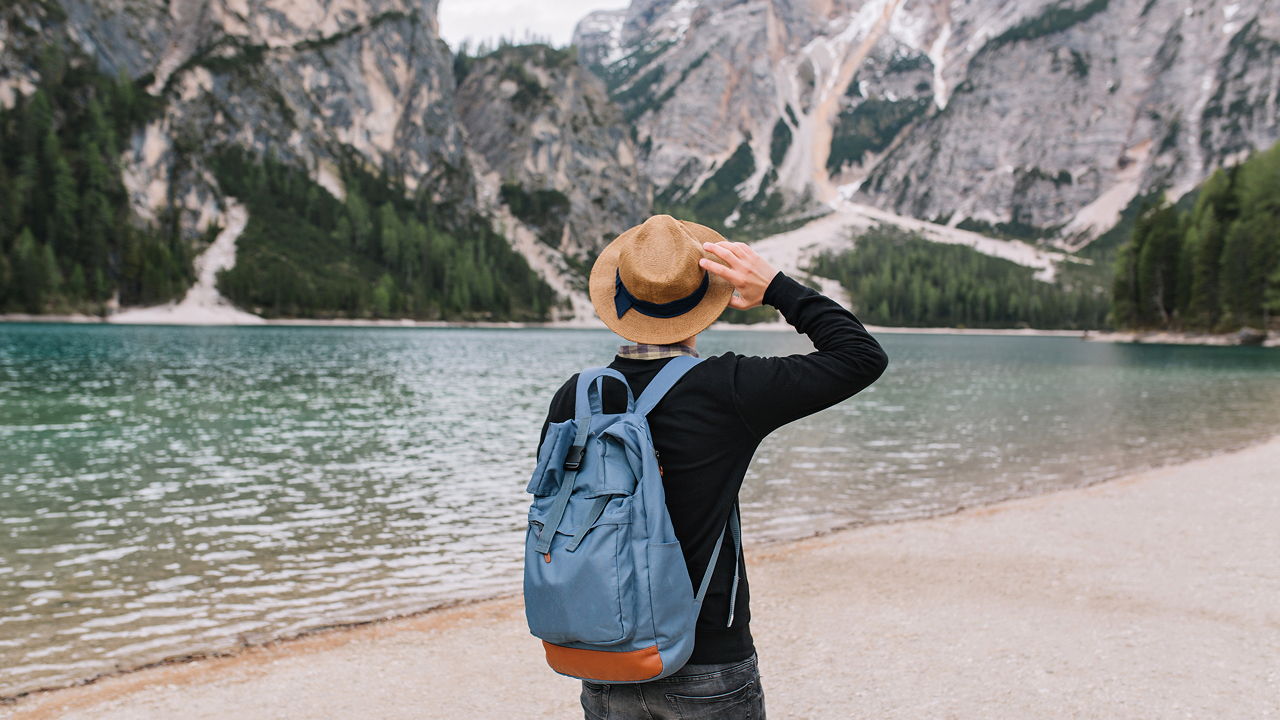
Solo travel doesn’t just happen to you; it happens within you. Documenting it will remind you not only where you went, but who you became there.
Capturing Memories Mindfully
On the other hand, photos and videos are great – just don’t let them ever take the place of showing up. Snap your shot, put the camera down, and soak it in. Journaling at night can help process feelings and see growth patterns.
More creative ways to record your journey:
- Writing or sketching little notes in a travel diary.
- Catching voice memos when the inspiration strikes.
- Compiling digital albums or travel blogs to provide insights.
The key is being real – not perfect.
Sharing vs. Privacy
It’s easy to put everything online, but not every moment has to be for the internet. Some experiences don’t pack as much of a punch if they’re shared. Tell stories that inspire or inform, but protect the ones that made private versions of you. Following such solo travel tips helps you balance openness with mindfulness.
Reflecting Post-Trip
Unpack, not just physically but mentally, when you arrive back home. Ask yourself:
- What did this teach me about myself?
- What was most challenging for me – and how did I overcome it?
- Where do I want to go next, internally and geographically?
Reflection is how a trip takes shape from your memory to meaning.
Final Tips, Encouragement & Resources
The most difficult thing about traveling by yourself is not the booking, but taking that first step. But when you do, you’ll come to understand just how capable you are. Everything, even a less-than-ideal experience, adds another layer to your confidence – and that’s one of the most valuable lessons among all the solo travel tips you’ll ever learn.
Do’s & Don’ts to Keep in Mind
Here are a couple of golden reminders that veteran solo travelers swear by:
- Do trust your instincts – they’re better than you think.
- Do bring duplicates of the essentials, and keep them apart.
- Don’t overshare real-time details online.
- Don’t plan based on fear; plan with awareness.
Encouragement for the Road
You will have second thoughts, and if you are wise, moments of self-doubt. But also remember: Bravery does not mean you’re not scared – it means going anyway. The world is more welcoming than the breaking news shows, and the dynamic version of you waiting at the other end of that trip is stronger, freer, infinitely more self-assured.
Helpful Resources & Next Steps
Arm yourself with tools that can help the journey go a little more smoothly:
- Apps: Google Maps (offline map), Hostelworld, Skyscanner, Rome2Rio.
- Community: r/solotravel on Reddit, Solo Traveler World, and Girls Love Travel (for women).
- Books: Vagabonding by Rolf Potts and The Art of Travel by Alain de Botton.
And if you’re still not sure where to begin, start small – a weekend on your own in a city can teach you as much as a month spent across the world.
Solo travel doesn’t stop when you get home. It changes the way you live – more informed, more flexible, and more connected to the world and yourself.
Read More: Travel Guide For Beginners in 2025
